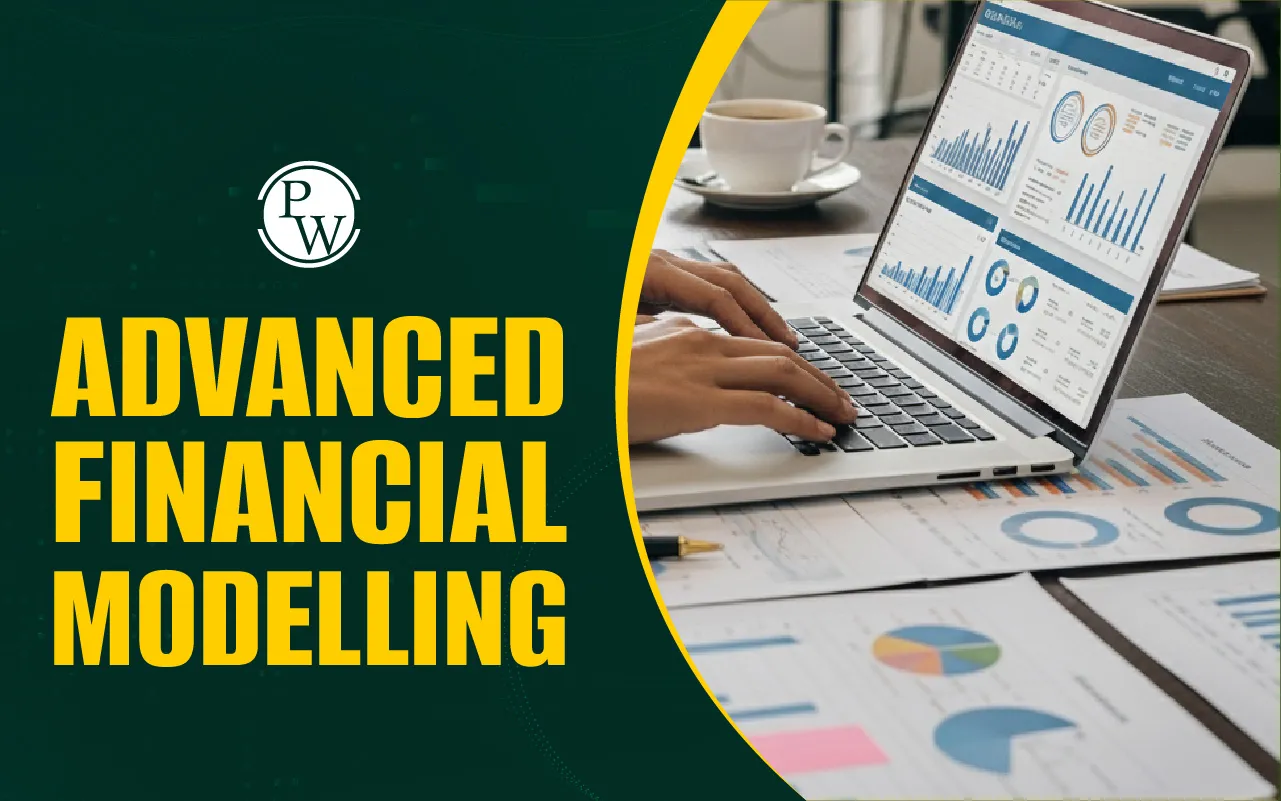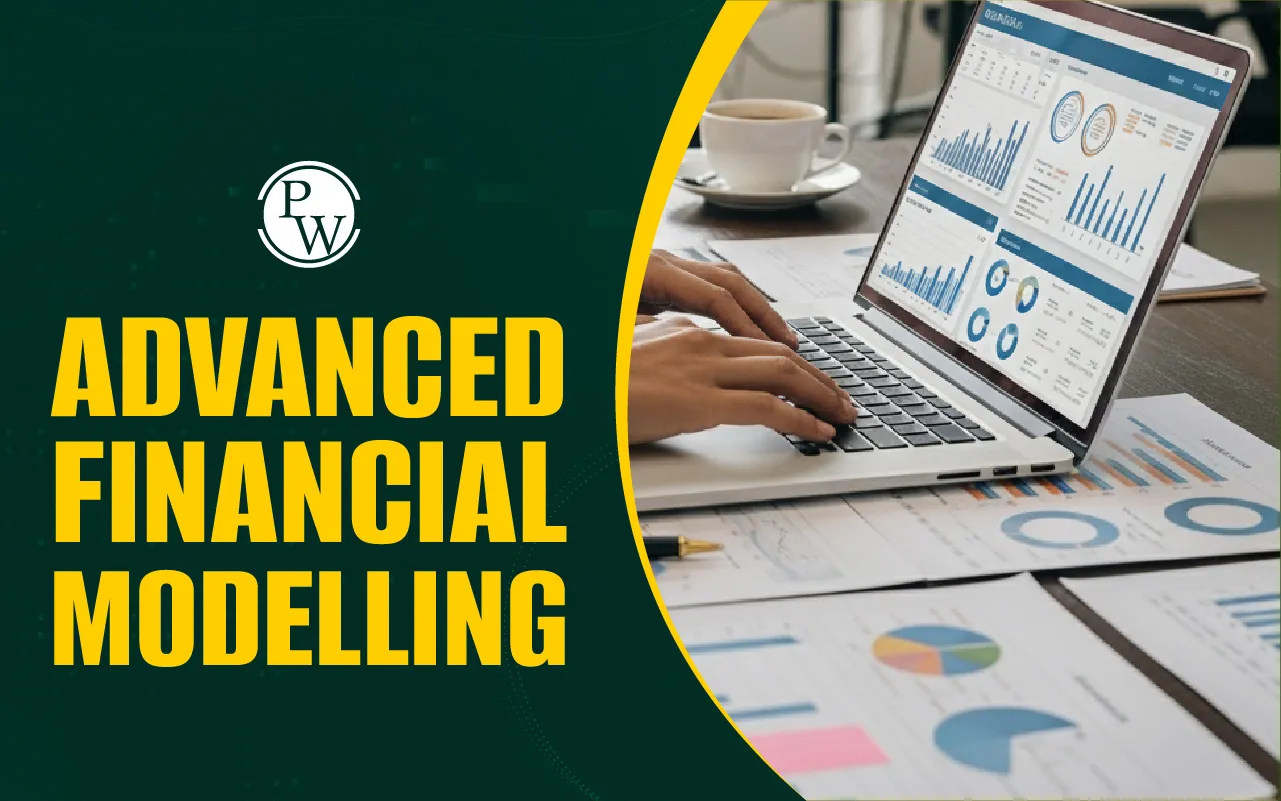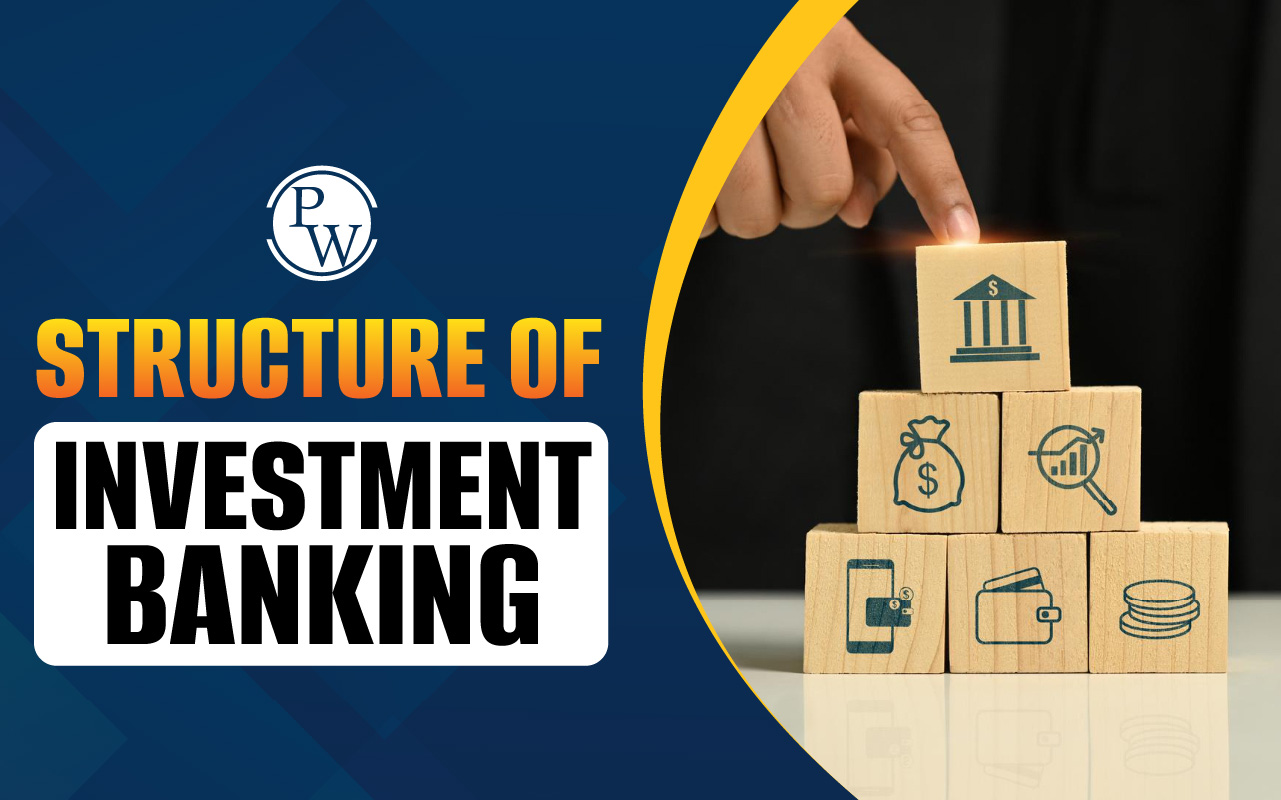

Advanced Financial Modelling is a process to develop comprehensive math-models to comprehend the finances of a company. With the help of software such as Excel, these models are used to forecast profits, losses, cash flow, and risks so that managers can make intelligent decisions regarding investments, budgets, and business plans. It fuses both the science of accounting and mathematics with the art of forecasting future results.
To be employed in advanced financial modelling, you must have Excel skills, accounting, financial statements, valuation, and good communication. The central elements are assumptions, income statement, balance sheet, cash flow statement, and risk analysis. Proficiency in these skills leads to careers in investment banking, corporate finance, equity research, and financial consulting.
What is Advanced Financial Modelling?
Advanced financial modelling involves creating precise mathematical models of company finances. They guide individuals on what to do with business plans, investments, and budgets. Professionals usually employ computer programs such as Excel to create these models. Advanced financial modelling provides a precise image of earnings, losses, risks, and prospects of the future for the business.
When individuals ask "What is Advanced Financial Modelling?" they are interested in understanding how numbers and data assist managers in making wise decisions regarding company finance
Skills Required for Advanced Modelling
Individuals who wish to work with advanced financial modelling must possess some fundamental skills. These skills are:
-
Understand how to use Excel and comparable software extremely well
-
Understand accounting principles and how to prepare financial statements
-
Think thoroughly about how to value companies or investments
-
Problem-solving and identifying errors in figures
-
Communication of results clearly to others through tables or presentations
All of these are critical to constructing robust financial models. If one is proficient in these, one can easily do advanced modelling.
Components of Advanced Financial Models
Advanced financial models consist of various components that collectively present the entire financial story of the company. Below are the key components:
-
Assumptions and Inputs: Initial thoughts and facts used in computations, such as future expenses or revenues.
-
Income Statement: It indicates profits and losses over time.
-
Balance Sheet: This outlines what the business owns and owes.
-
Cash Flow Statement: This indicates money going in and out.
-
Scenarios and Sensitivity Analysis: Models sometimes have "what-if" situations to estimate outcome if conditions change.
Usually, sophisticated models link these three statements together, referred to as the "three-statement model." This assists specialists in comprehending how a change in one number impacts other figures within the entire system.
Risk Assessment in Financial Models
Risk assessment is a large aspect of sophisticated financial modelling. It refers to seeking out potential issues or risks prior to making choices. Specialists verify what can go awry by:
-
Analyzing historic data and market trends
-
Listing all risks that are possible (such as market change, loss, or incorrect assumptions)
-
Assessing how probable each risk is, and how large its impact could be
-
Creating "scenarios" to view outcomes if good or bad things occur
This ensures the decision-makers make fewer errors and prepare better for the future.
Career in Advanced Financial Modelling
Numerous good careers require advanced financial modelling. Some key career choices include:
-
Investment Banking Analyst
-
Corporate Finance Manager
-
Equity Researcher
-
Financial Planner
-
Finance companies' consultant
Companies are looking for individuals who can construct reliable models regarding profits, risks, and projects. Studying advanced financial modelling is beneficial in securing a high-paying finance position.
Why Learn Advanced Financial Modelling?
The modern business environment is too complicated for basic money computation. Advanced financial modelling enables you to realize the entire financial landscape and speak like leading finance professionals.
-
Transition from basic data input to upper-level planning.
-
Learn risk assessment to demonstrate that you have thought through potential issues.
-
Become a primary decision-maker in corporations.
-
Acquire a skillset that provides graduate students with an advantage over the rest.
-
Communicate technical finance language confidently.
Advanced Financial Modelling Skillset
Advanced financial modelling is a combination of mathematics, accounting, and intelligent guesswork regarding the future. It makes you better at understanding money and business expansion.
-
Learn both the science (math and accounting principles) and the art (smart future forecasting).
-
Create models that are robust and respected by employers.
-
Ensure all components of your model are solid and accurate.
-
Develop flexible models that can be updated easily when numbers fluctuate.
-
Develop skills that make you highly valuable in finance careers.
Advanced Financial Modelling FAQs
What is advanced financial modelling?
What are the necessary skills for advanced financial modelling?
What are the key elements of an advanced financial model?
How do you analyze risks in financial modeling?
What are the career opportunities once you have mastered advanced financial modeling?













